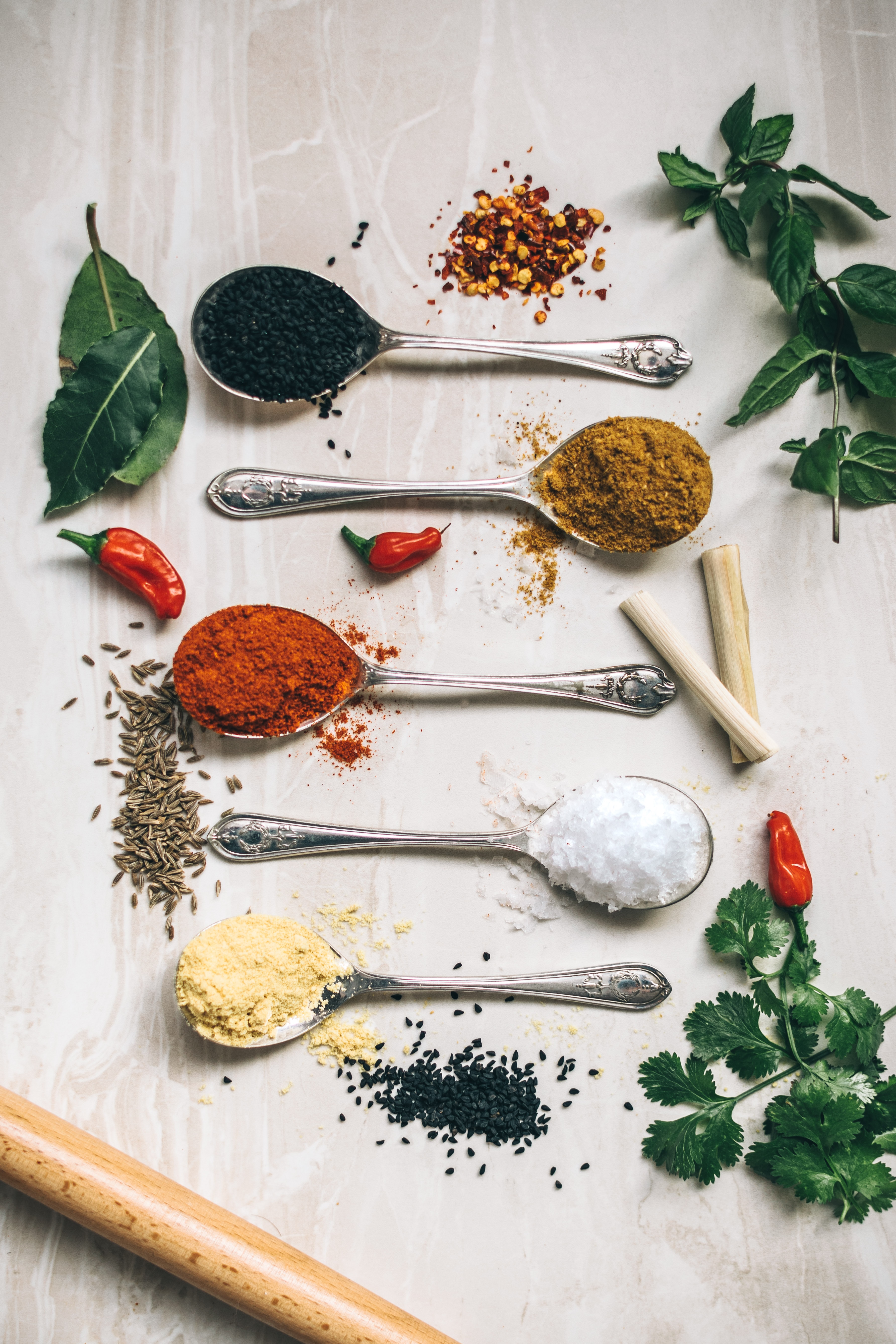10 interesting ayurvedic facts about your body

In this article, I am going to share with you 10 interesting ayurvedic facts about your body. Knowing these facts you will have a better understanding of your body. Due to this, you can make smarter choices about food and lifestyle. Thus helping you achieve your fitness goals much more effectively.
Fact number 1
According to ayurveda the right weight for a person should be judged by their body type, not according to basic parameters like BMI.
Let’s for a moment take three people of equal heights.
First is Vata type, second is dominated by Pitta, while third has Kapha as predominant dosha. The weight of the first one is 60 kgs, second one is 65 kgs and last one is 70 kgs.
Now all these can be perfectly fit and healthy yet the difference in their weights is only pertaining to their respective body types.
As Vata types are naturally thin, Pitta is average built while Kapha have heavy built. This is why ayurveda is clear that the weight of a person is not necessarily the metric of fitness.
so keep this fact in consideration the next time you step on a weighing scale.
Fact number 2
You will be amazed to know how the body’s intelligence governs our palate to restore the balance. Let’s understand with an example, if you have eaten ice cream three days in a row the thought of more ice cream will not be appealing to you. Like how we say, “ice cream! nah i’m bored of it”. Rather your body will crave for something spicy to burn up the kapha and counteract it. And you might say come let’s today eat momos.
This is why ayurveda promises that if one carefully listens to such signals of the body, he will not need a dietitian to tell him what he needs to eat. So if someday you feel like eating a sweet, eat it even if it was not a part of your diet plan.

Fact number 3
How the same herb can taste completely different to two persons. Triphala for example provides all the tastes except salty but it tends to yield the predominant taste that is lacking in the body.
Let’s say a person mostly stays away from bitter foods like bitter gourd. Now if he tastes triphala, he would find it to be bitter for some time. Another person, who has a strong aversion to sweets, might taste triphala and find it to be sweet. Although both of them tasted the same herb. Interesting isn’t it. This is also a potent way to determine as to what taste is lacking in a diet. Ayurveda considers a diet to be perfectly balanced if it comprises all the six tastes.
Fact number 4
Have you heard about the significance of Brahma Muhurta? According to ayurveda the day is composed of 30 periods of 48 minutes each called Muhurta. Brahma Muhurta is the time span of 96 minutes before sunrise until 48 minutes before sunrise. If sunrise occurs at 6:00 am, brahma muharrath at that location on that day would be from 4:24 am to 5:12 am changing daily as per sunrise time.
Ancient sages notice that at this time the mind’s learning capacity, the ability to focus and concentrate, is much higher. Ideas pour in effortlessly. Once you study during Brahma Muhurta you will definitely be able to experience the difference in the output. During Brahma Muhurta the environment is also the cleanest, trees accelerate their production of oxygen, noise and calls are absent. It is also an ideal time to do yoga and meditation.
Fact number 5
Have you ever wondered why ayurveda states that almost all diseases begin in your gut? Ayurveda says that the balance of doshas is health, while any imbalance of doshas causes disease. And all the three doshas namely Vata, Pitta and Kapha reside in the gut. To be precise Vata lives in the large intestine, Pitta in the small intestine and Kapha in the stomach.
This is the reason Ayurveda gives so much importance to seemingly minor issues like acidity, gas, heaviness, bad breath, bloating and weak appetite. One should never ignore them by simply popping a pill. Instead we should get vigilant as this little disease may be an onset of a disease.
Fact number 6
Ayurveda identifies six stages of disease development. In the first stage minor stirs of imbalance occur at the residing place of the dosha in the gut. The symptoms are more of a discomfort. A bloated tummy, excessive hunger, sluggish emotions, etc. They can easily be avoided.
Remember the fact we just discussed, yes! by listening to the body’s inner wisdom.
If the increase doshas is not pacified it enters stage number two where the discomfort versus causing constipation or heartburn or cough. It is here that we tend to pop a pill but that doesn’t tap the root cause and the dosha enters stage 3.
Now out of the gut it starts spreading in the body symptoms can be cold hands and feet or acne or lethargy.
In stage 4 the moving dosha finds body tissues where there is weakness and calls it home. This is the beginning stage of a felt and visible disease. Symptoms can be popping of joints, increased heat in a specific body part or common cold.
In stage 5 the dosha further damages the tissues causing arthritis or inflammation or sinus. If still unmanaged.
In stage 6 the tissue damage becomes severe and irreversible in some cases. Maybe the joint completely breaks down or internal bleeding happens or tumor formation is there.
Quite a journey that isn’t it that is why ayurveda presses on proactive care so that one is able to catch hold of the disease at the initial stages.

Fact number 7
We cannot taste food if our tongue is completely dry. Remember how we say my mouth waters at mere thinking about pizza. This is because the water element on the tongue in the form of saliva is associated with the sense of taste.
It’s evident why people who have Vata predominant dosha, which means their body is internally dry as compared to other body types do not have a great sense of taste. They are somewhat less picky about their food. Pitta people in this respect have a moderate sense of taste.
While Kapha people who are dominated by water elements in their body and have high saliva on their tongues have an amazing sense of taste. They will point out even a slight variation in the taste of a dish. Having a great sense of taste, kapha people often can’t do without eating tasty food. So much so that food tends to become their weakness well to avoid that you should opt for making restaurant style food at home.
Fact number 8
Emotions have an affinity with certain organs, happiness and sadness with the heart, anger with the liver, hatred with the gallbladder, kidneys with fear, nervousness with the colon, while stomach with temptation. Well how can this fact help us. It is noticeable how when we feel nervous we tend to have problems with digestion or the saying that happiness is in the heart not in the circumstance.
One takeaway is that if we exercise a particular emotion excessively the respective organ will be affected. When you hate somebody you are negatively affecting the functioning of your gallbladder. If you get angry more than often then you are damaging your liver. So you can say don’t drink and get angry, as you are doing double damage to your liver. This fact shows again how the mind and body are so intricately connected.
Fact number 9
Have you wondered why people living in the colder climates tend to live longer. Well in the deep of the night, just after our deepest sleep around 4 30 a.m our bodies are at their lowest temperature.
Low body temperatures are associated with healing as proteins work slower and create less waste, restorative functions take over and strengthening of tissues occur at this time. This may also be the reason why sages tend to move up into the hills and higher altitudes. Each day our body dips into this low temperature to give us a new start. However this doesn’t mean that you push on an air conditioner trying to mimic cold climates. Since low body temperature is associated with healing ayurveda generally recommends cold baths as most beneficial for the body.
Fact number 10
Ayurveda divides the human lifespan into three stages. At each stage certain characteristics are more common. Childhood is the age of kapha. This is evident as children’s bodies are growing and building up their structure an intrinsic property of kapha. Their bodies are soft and gentle, they require more sleep than adults and they are susceptible to kapha illnesses such as colds and congestion.
Adulthood exhibits more characteristics of pitta. Remember how acne breakouts are common when you just enter adulthood, that’s Pitta. The fire element below the skin.
Moreover in adulthood we are more competitive, aggressive, ambitious than in childhood. We work hard, can do with less sleep and are prone to pitta type inflammatory disorders like acidity gastritis and ulcers.
Old age is the age of Vata. When degeneration of the body begins to take place. Body pains, cracking of joints, arthritis, weak memory, broken sleep are common. This shows that our age and stage of life are factors that should be considered in the choices we make to keep our doshas in balance.
So these were those 10 ayurvedic facts about your body which I thought you would find to be both interesting and useful.
For more such stories, follow us on Facebook, Twitter and Instagram.






